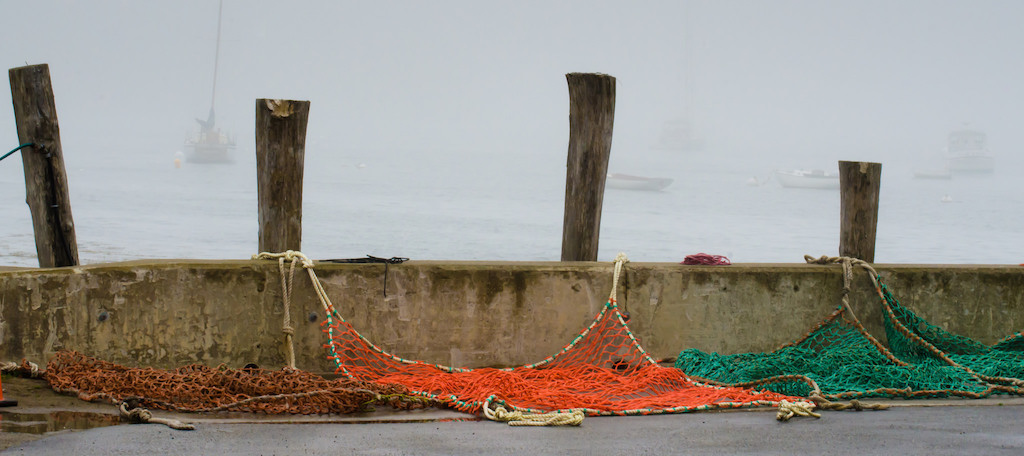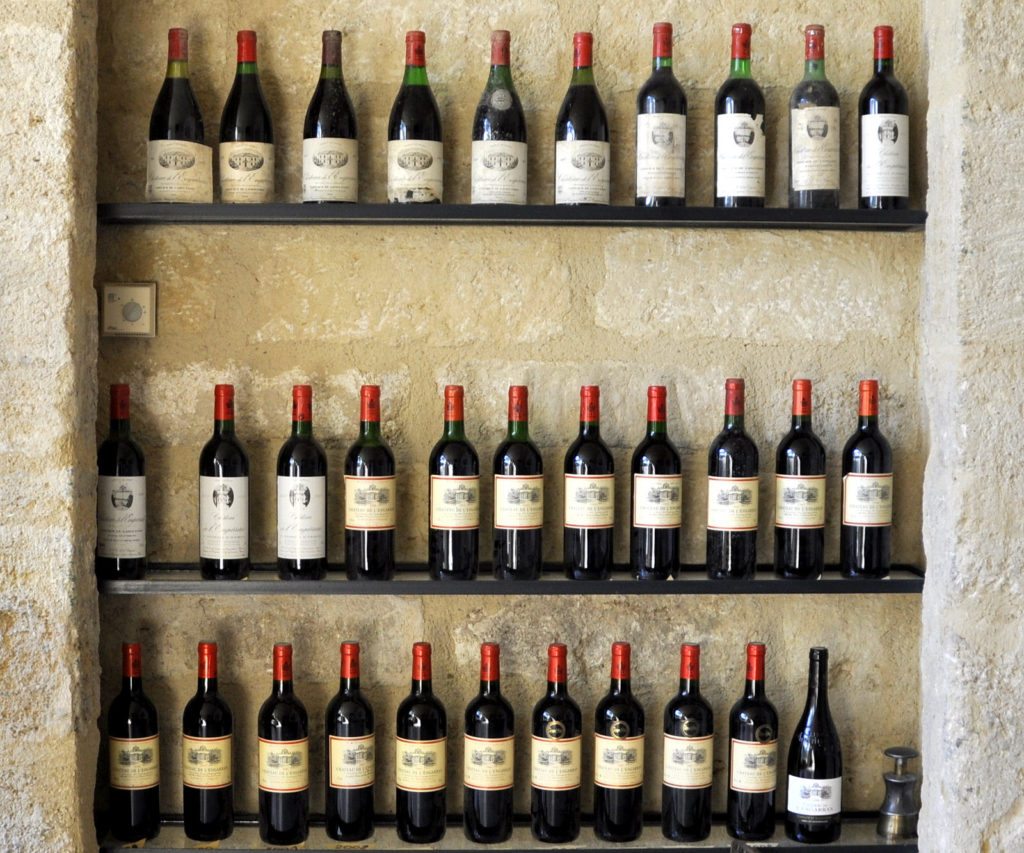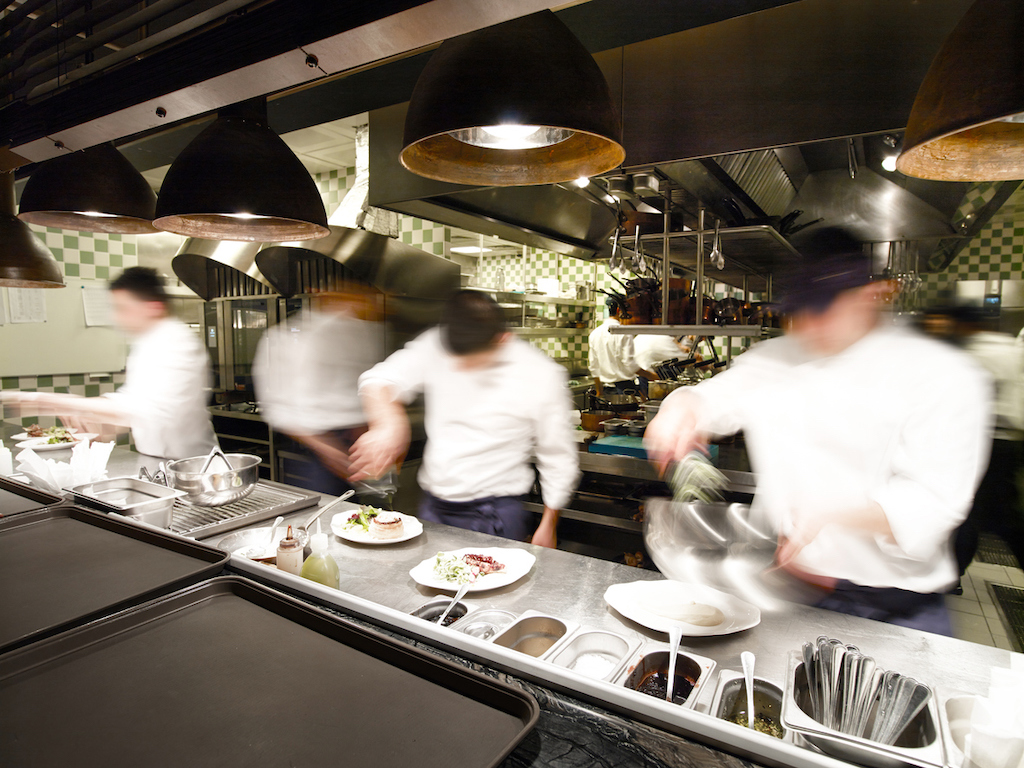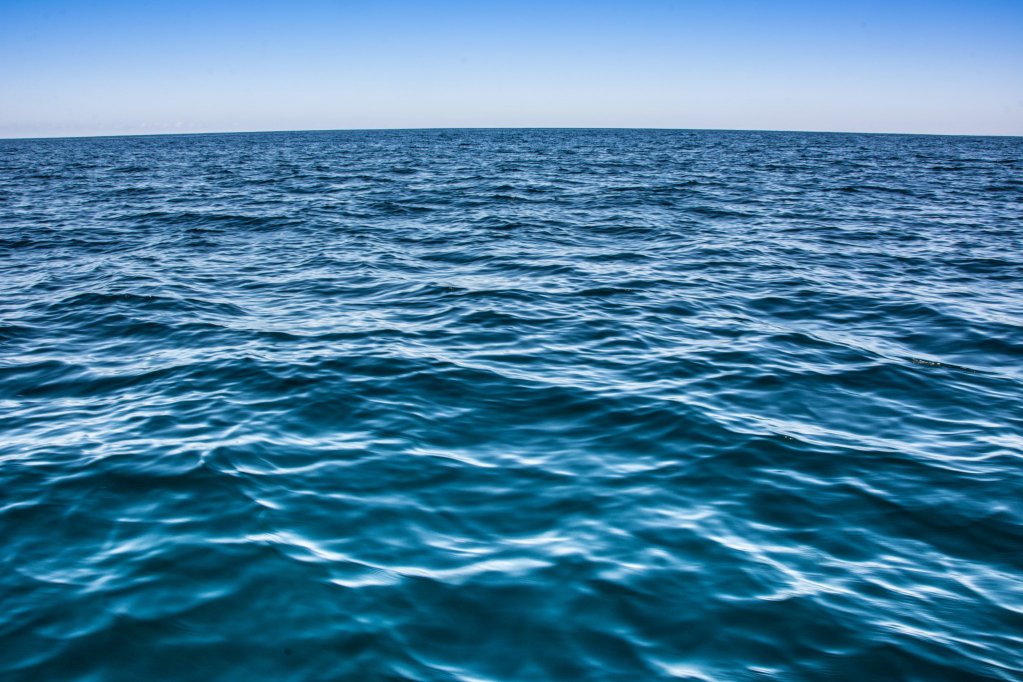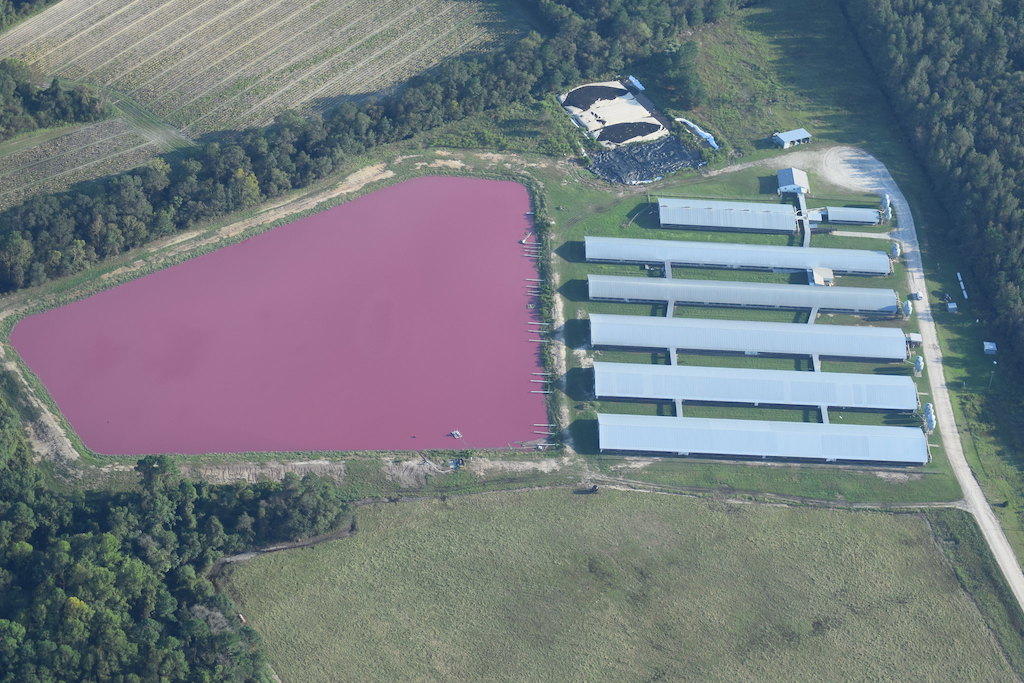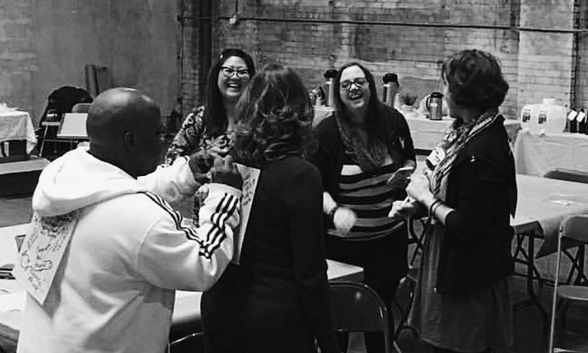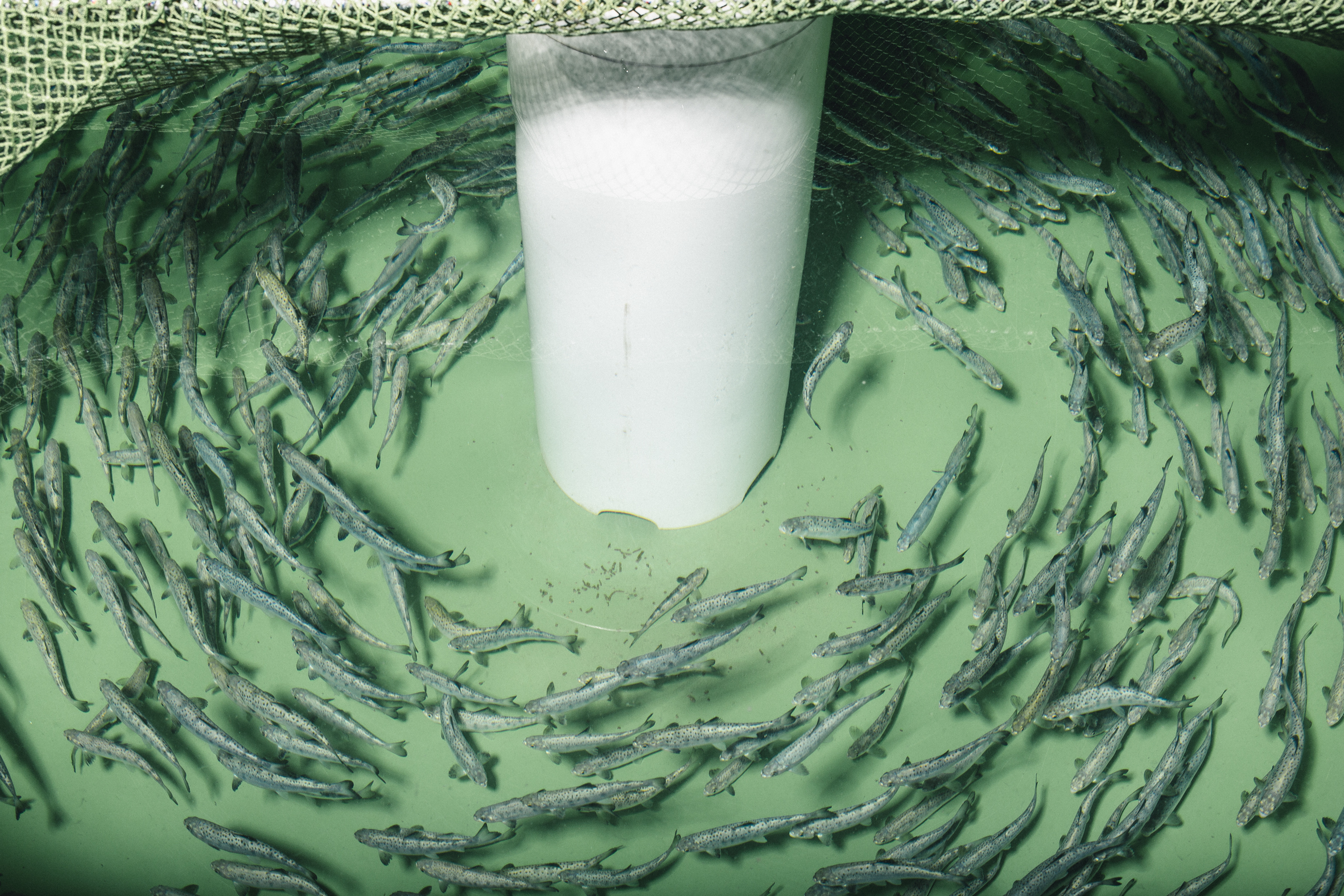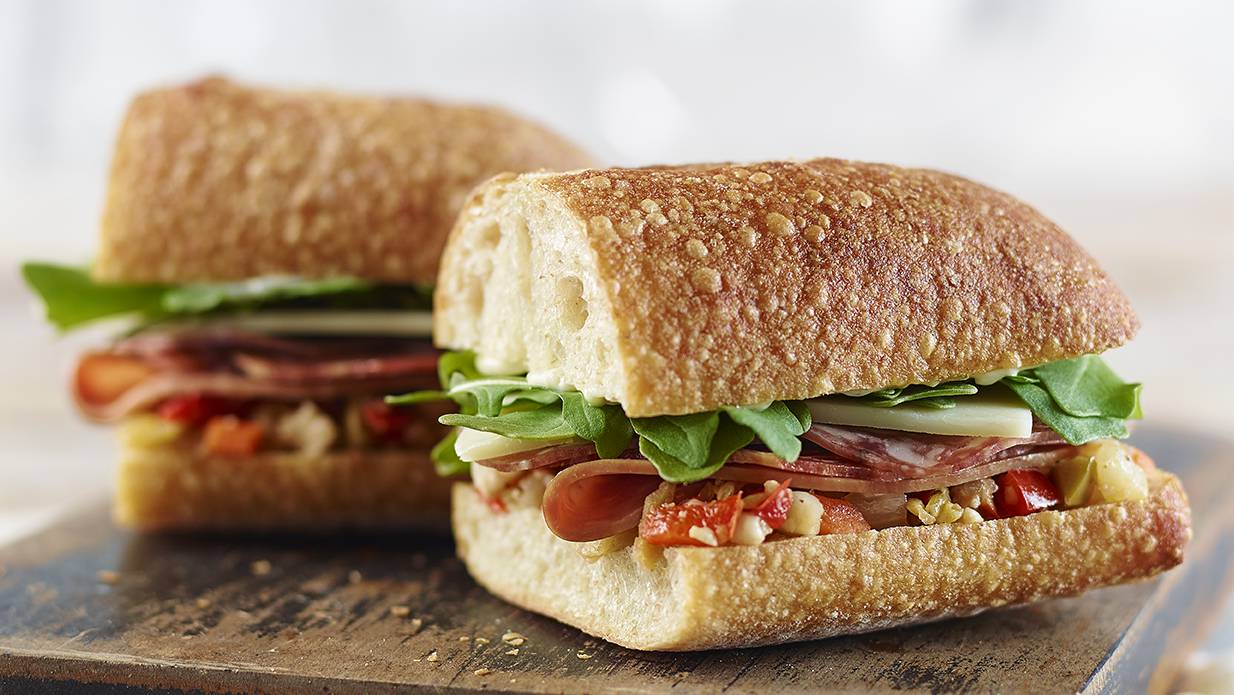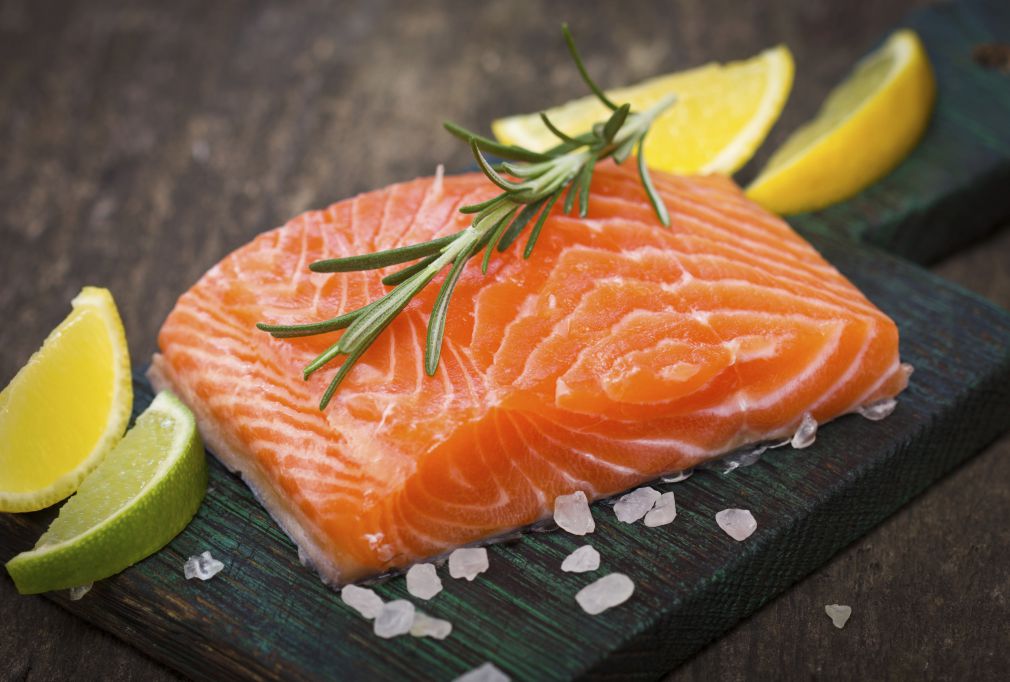Last month, a curious press release landed in our inboxes here at The New Food Economy. It intended to draw attention to a letter circulating among fishing communities.
The letter had a long list of signatories, which included individual fishermen; fishing co-ops; the Northwest Atlantic Marine Alliance (NAMA), an organization dedicated to sustainable fishing practices; and Local Catch, a network of community-supported fisheries, among others.
The object of the letter’s ire was an online startup based in New York City. You may not know of the startup specifically, but does the Fulton Fish Market ring a bell? That’s the massive, wholesale seafood market located in the Bronx borough of New York, the oldest in America and second in size only to the Tsukiji market in Tokyo, Japan. The catch sold there is imported from across the country and around the world.
Fultonfishmarket.com shares the same address as the market, and even more confusingly, the same name
The aforementioned online startup purchases fish from vendors in the 72,000-square-feet market, processes it in the facility, and then sells it to customers online at the domain FultonFishMarket.com. It shares the same address as the market, and even more confusingly, the same name. But to be clear, the startup is a separate legal entity.
The issue (fish-ue?): Said startup claims to supply “local” seafood to community-supported fisheries around the United States. But advocates and fishermen who run such community-supported fisheries are accusing the startup of misusing the term and misleading customers. Their letter is calling for Fultonfishmarket.com to “immediately cease using the term ‘community supported fishery’ to advertise [its] program, and rename or re-categorize this sales model as something other than a CSF to avoid continued misrepresentation and confusion.”
The letter also brought up recurring questions about food labels: To whom do they belong? What happens when their definitions appear fluid? And critically, how do they help or hurt eaters?
Let’s dive in.
What is a community-supported fishery, anyway?
To understand how a community-supported fishery (CSF) works, it helps to look to its predecessor, community-supported agriculture (CSA).
CSA refers to a business model where patrons of a farm pay up front for a season’s worth of fruits and vegetables. Typically, customers receive weekly boxes of produce determined by their farmer. This guarantees revenue for farms, and builds a direct relationship between eaters and producers.
For fishermen, the CSF model inverted the economics of their business
CSFs were modeled after CSAs. In 2007, the country’s first CSF was started in Port Clyde, Maine. In that coastal community, independent fishermen had been struggling within a wholesale marketplace where high quantities of fish were sold for low prices.
“Community-supported fisheries arose out of a recognition that the market structure for seafood wasn’t working for small-scale, and independent, and family-owned fishermen and fishing businesses in lots of parts of the U.S.,” says Josh Stoll, a steering committee member of Local Catch. “The old model of catching a lot and getting very little for it didn’t work anymore.”
As CSAs became popular, produce subscription services began to market themselves as “CSAs”, without adhering to their guiding principles. In response to confusion surrounding the term and ongoing misuse of it, California Governor Jerry Brown in 2013 signed the first state law defining what a CSA is.
In a time of explosive interest in “local” and “sustainable” seafood, it’s not surprising that the CSF label would be similarly vulnerable to co-opting.
However, unlike CSAs, which began appearing in the 1970’s, the oldest CSF has been around for just ten years. Likewise, there is not a legal or strict definition of what qualifies as a CSF. Organizations like Local Catch represent networks of CSFs and define the model by a set of “core values,” which insist on short supply chains and fair prices.
CSFs sell wild-caught seafood only
“Sometimes a CSF is made up of a single fisherman, and sometimes it’s made up of a group of fisherman,” says Stoll. “We’ve taken the perspective that it has less to do with the operational mechanics and more to do with these core principles that underlie the business.”
Some of these principles are concrete. For example, Local Catch outlines its concern for fishermen and fair prices:
“We believe in catching and handling seafood with honor, providing living wages to fishermen and fishworkers,” the letter reads.
This highlights one measure where Fultonfishmarket.com falls short. The startup sets the prices of its seafood subscriptions, collects payments, and coordinates pick-up locations, but none of its revenue goes back to fishermen. The startup buys from them, but does not employ any.
CSFs encourage eaters to minimize food waste and utilize whole fish. Fultonfishmarket.com delivers seafood “filleted, portioned, scaled.”
Other principles are more nebulous and aspirational, like “eating with the ecosystem” or “creativity and collaboration.”
But such values, however well-meaning, do not a concrete criteria make, and for that reason, the model of a CSF is vulnerable to misappropriation. Which is exactly what Local Catch fishermen and advocacy organizations are accusing Fultonfishmarket.com of doing.
“Unless there is a fundamental shift in how Fulton Fish Market engages with the fishing industry through this, then all that is is greenwashing.”
A 2016 survey commissioned by the Marine Stewardship Council reported that 4 out of 5 households purchasing seafood are concerned with ocean sustainability.
Fultonfishmarket.com justifies its marketing with the argument that “everyone in the United States—not just coastal communities—should have access to the bounties of our local water and the health benefits of eating fresh, healthy seafood.”
According to FultonFishMarket.com’s definition of the term, “local” refers to all fish caught within 200 miles of the U.S. coast, the boundary within which federal fishing rules govern.
That’s too broad, says Stoll.
The letter is demanding that Fultonfishmarket.com stop marketing itself as a CSF. Brett Tolley of the Northwest Atlantic Marine Alliance (NAMA) argues that currently, the startup misleads eaters, waters down the impact of the CSF label, and reduces consumer confidence overall.
“It’s fine if they want to sell their seafood more directly to the public,” Tolley says. ”We’re just saying don’t call it a ‘community-supported fishery’ because that confuses people and it undermines the model that we’re trying to build.”
If one link in the seafood chain violates the agreed-upon values of CSFs, how can the company truthfully lay claim to the model in any capacity?
Ultimately, how should this impact well-meaning shoppers in the grocery aisle?
Ben Martens, Executive Director of the Maine Coast Fishermen’s Association, has a suggestion.
“What you should be doing is trying to get fish from fishermen that are as close to you as possible, from fishermen as close to the source as possible.”
And for those who don’t live in or near fishing communities?
“All the seafood that is landed and sustainably harvested in the United States, is all based upon scientifically-set catch limits and you should always feel good about eating local, eating U.S. seafood, and that should really be the benchmark for what you’re going out and trying to eat,” says Martens, warning that confused consumers will only lead to more people eschewing seafood altogether.
 screenshot of Fultonfishmarket.com
screenshot of Fultonfishmarket.com Fultonfishmarket.com repeatedly declined requests to comment on the record
“What we’ve seen with local consumers around Maine is that the big questions that kind of hang over local fish and ‘what I should be eating?’ and ‘what I shouldn’t be eating?’—it doesn’t cause people to make better decisions, it causes people to not make a decision and instead pick up a chicken breast or a steak and ignore fish.”
Fultonfishmarket.com has since responded to the letter and changed some of its marketing language, claiming that it is just a CSF supplier, but not itself a CSF. Regardless, if one link in the seafood chain violates the agreed-upon values of CSFs, how can the company truthfully lay claim to the model in any capacity?
Fultonfishmarket.com repeatedly declined requests to comment on the record. As of today, it still has “Fulton Fish Market Community Supported Fishery” splashed across its website.
